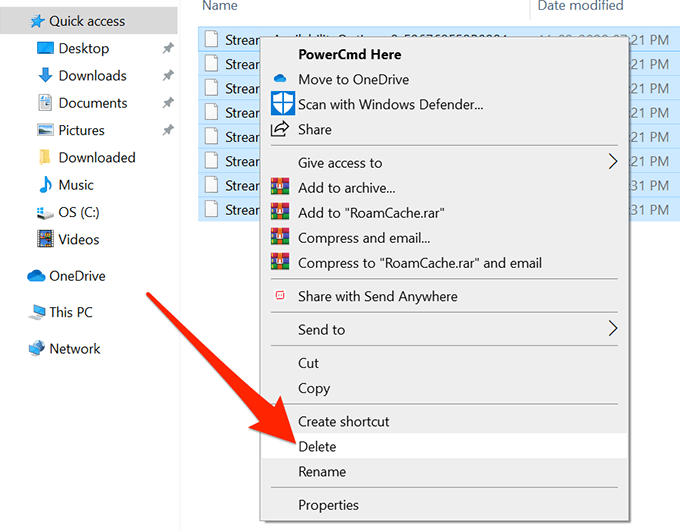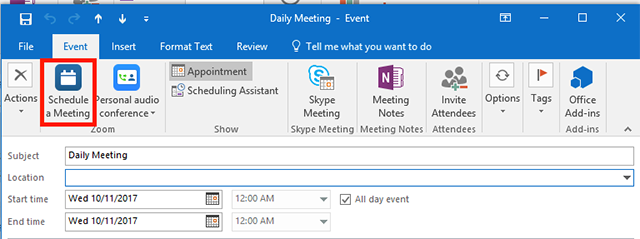
- #Disable click and type in outlook for mac how to#
- #Disable click and type in outlook for mac full#
- #Disable click and type in outlook for mac android#
- #Disable click and type in outlook for mac software#
- #Disable click and type in outlook for mac windows#
#Disable click and type in outlook for mac how to#
on Process with an ID # is not running on Visual Studio 2015 – How to fix it
#Disable click and type in outlook for mac windows#
#Disable click and type in outlook for mac software#
HKEY_CURRENT_USER \ Software \ Microsoft \ Office \ 15.0 \ Outlook \ Preferences HKEY_CURRENT_USER \ Software \ Microsoft \ Office \ 14.0 \ Outlook \ Preferences

HKEY_CURRENT_USER \ Software \ Microsoft \ Office \ 12.0 \ Outlook \ Preferences


If all the above method fail, you can resort to entirely remove TNEF by altering your registry settings.
#Disable click and type in outlook for mac full#
Type again the full contact e-mail address and you’re set. To remove the cache used by Outlook, just begin to type the contact e-mail address until the auto-complete feature kicks in: then, use the arrows to select the contact e-mail and tap DEL to delete it. IMPORTANT: if you’re using this method, you can have some caching issues due. If you prefer, you can also disable the TNEF for specific contacts by going into their Outlook Properties: you can do that by double-clicking their e-mail and then selecting “ Outlook Properties” from the resulting modal (see screenshot below): from there, you can set the Internet Format options to make Outlook behave as you want to. To get even more info regarding the TNEF and how to disable/enable it, you can also check out this other KB guide. If you need additional information regarding the Set-RemoteDomain usage, or you want to take a look to all its supported commands, you can read this great KB guide. Set - RemoteDomain - Identity thedomain - TNEFEnabled $ false Exchange Online, Exchange 2013 & Exchange 2010: you can disable TNEF either by using the Exchange Management Console (see image below) or via the command-line, by using the TNEFEnabled parameter supported by the Set-RemoteDomain cmdlet to configure the TNEF conversion settings for remote domains. Here’s the command to disable TNEF:.Exchange Online Dedicated: Open the Exchange Admin Center (EAC) and modify the TNEF conversion options by setting the Mail flow > Remote domains > Edit > Use Exchange rich-text format option to “ Never“.You can enable or disable TNEF ( Transport-Neutral Encapsulation Protocol, which is the format upon which the Winmail.dat file is based as explained here) in the following ways, depending on which Exchange version you’re using: The choice, as always, is up to you, depending to your specific network configuration and/or scenario.

We can achieve such result either in a centralized way, using the global MS Exchange settings for external domains, or on client-basis, by changing the options of each Outlook client. That’s an excellent reason to disable this feature, which is what we’re about to do.
#Disable click and type in outlook for mac android#
This cuts out Thunderbird, Eudora, all Android clients, all Mac clients – including Outlook – and more. Since it’s a proprietary format, there’s no (native) way to read these attachments for the e-mail receiver, unless he’s using Outlook aswell. Why should we do such a thing? The answer is based upon our previous post. Now we’ll approach the same issue from the other side, seeing how we can configure Outlook to stop sending its attachment files using the Winmail.dat. We already talked in this post about the Winmail.dat file, which is part of the proprietary TNEF format used by Exchange and Outlook to encapsulate attachments files, notes and meta-data inside mail messages: the main focus there was figuring out how to open these files when we receive them to other, non-Microsoft e-mail clients.


 0 kommentar(er)
0 kommentar(er)
